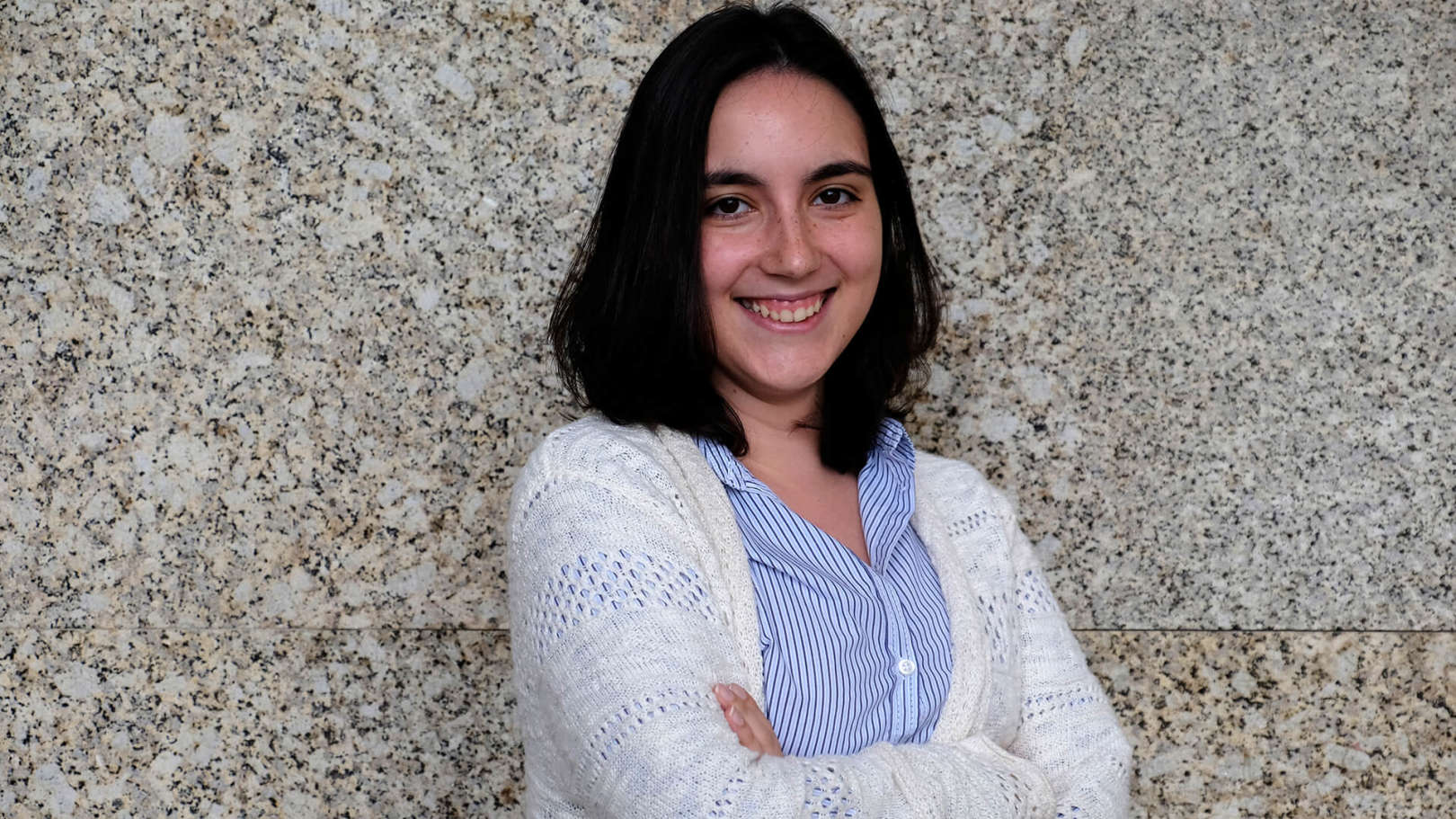About
I am a researcher at the University of Minho in the field of quantum computing.
I concluded the integrated master’s in physical engineering with the branch of Information Physics obtained at the University of Minho. This training not only gave me knowledge in the area of quantum computing and quantum information that I am currently working on, but it also gave me strong foundations to work in materials engineering, photonics, nanotechnologies, etc.


